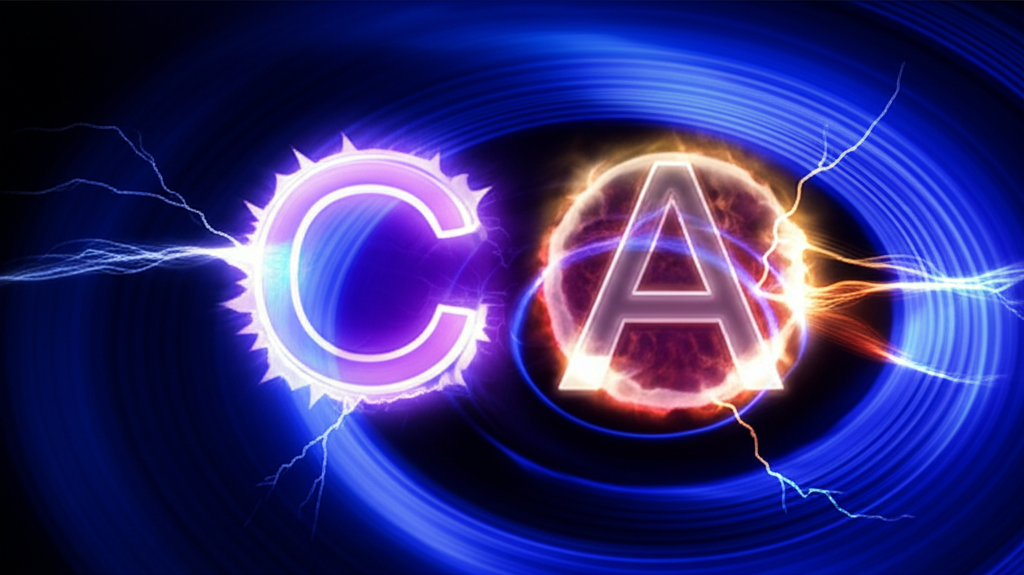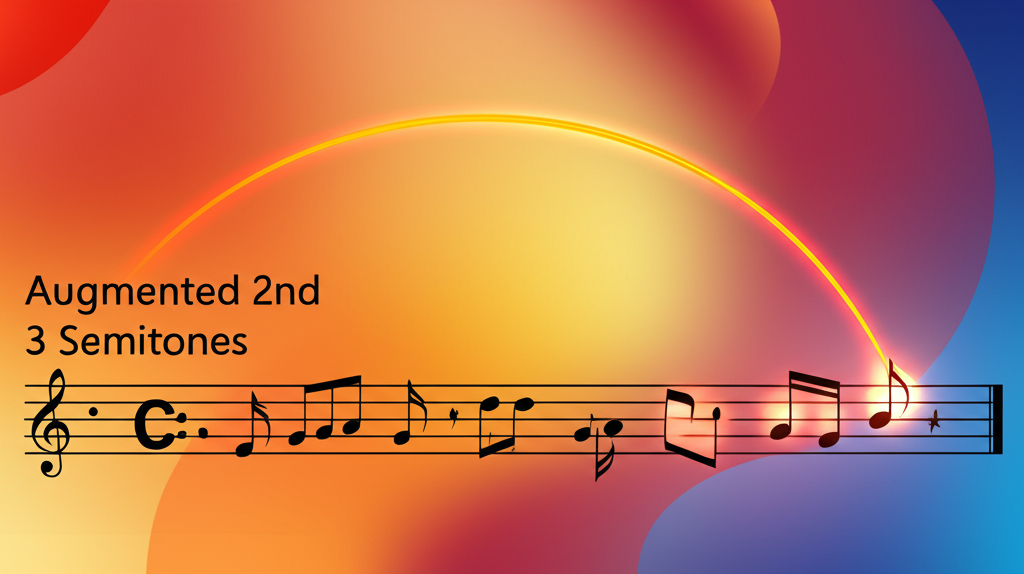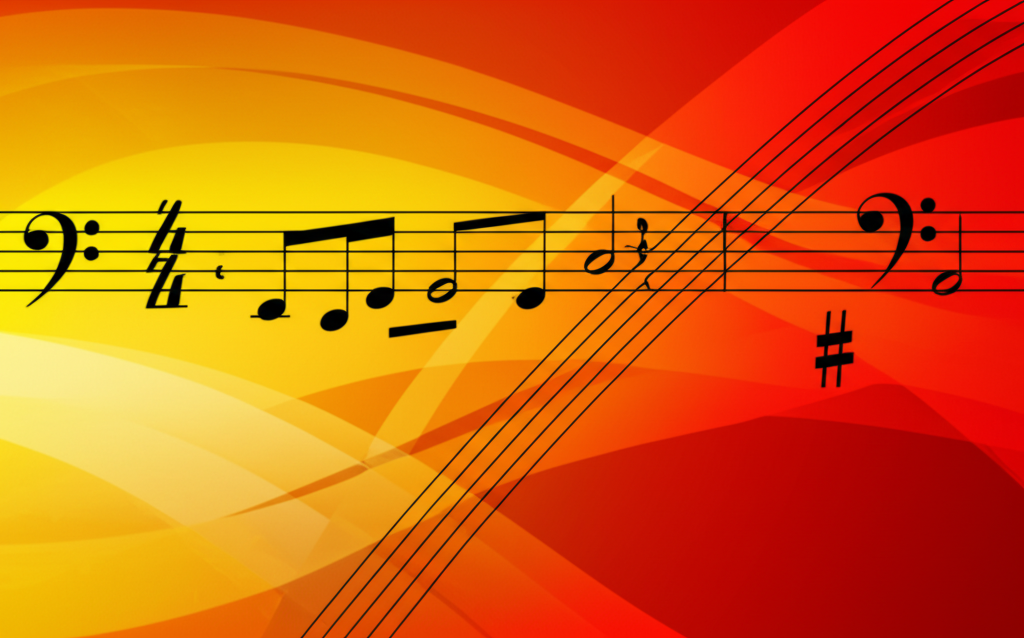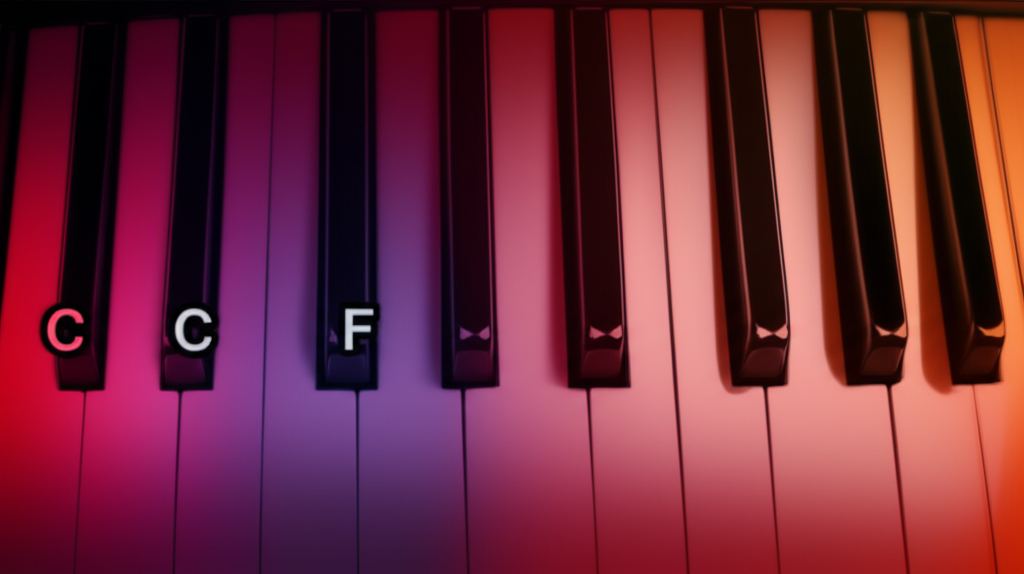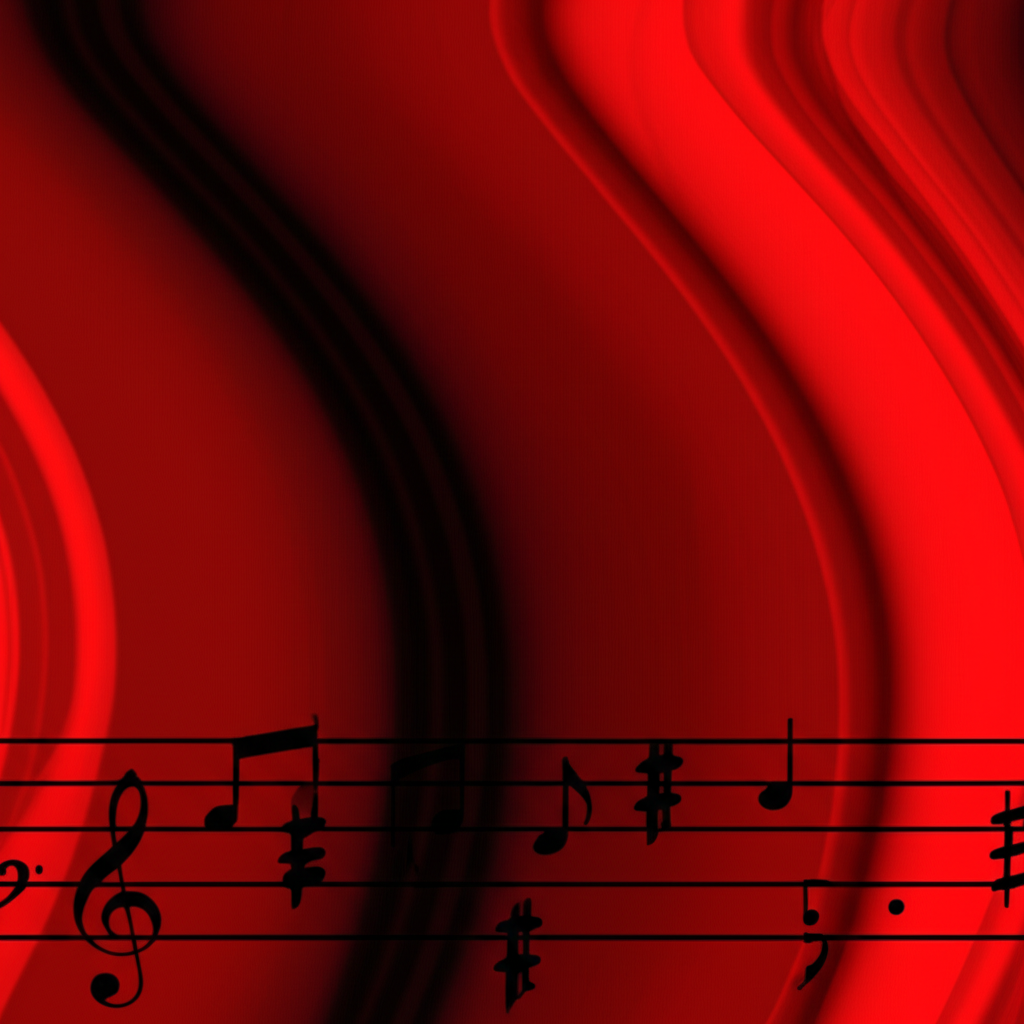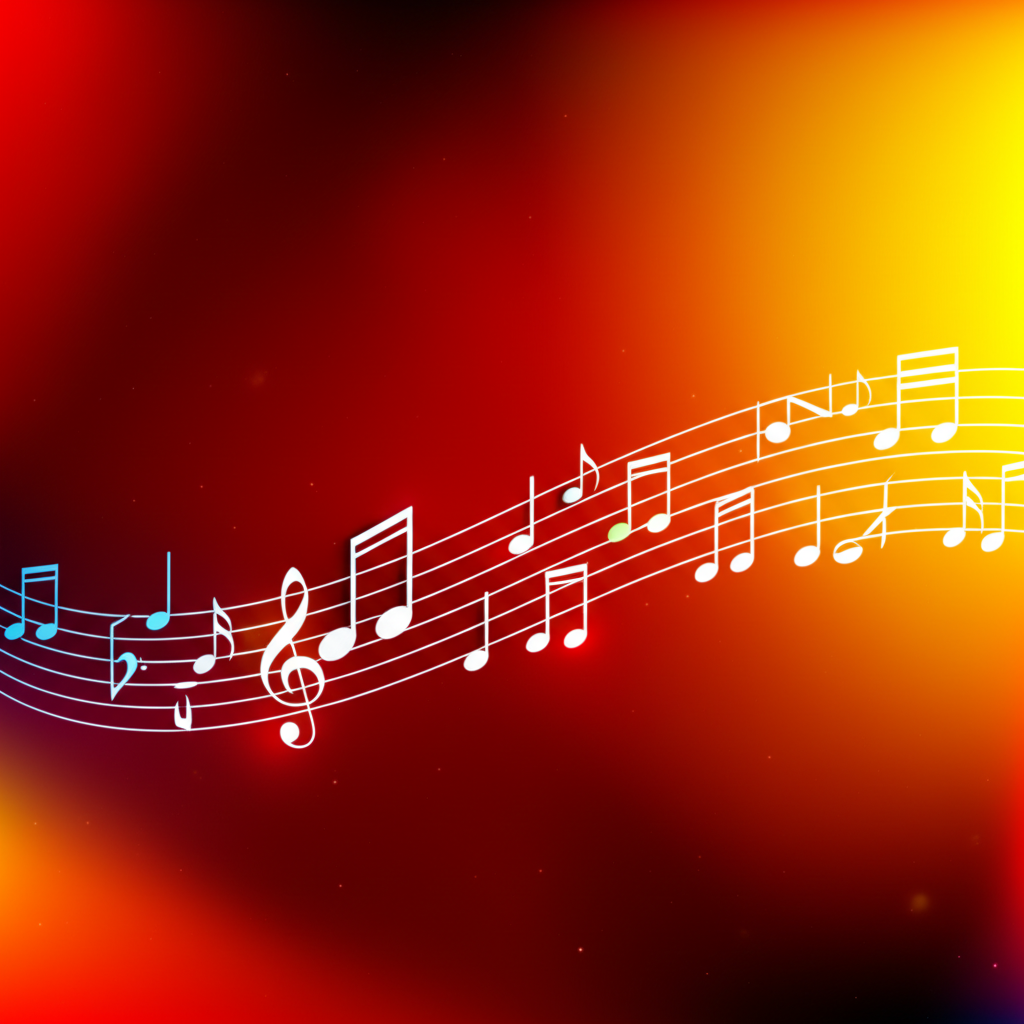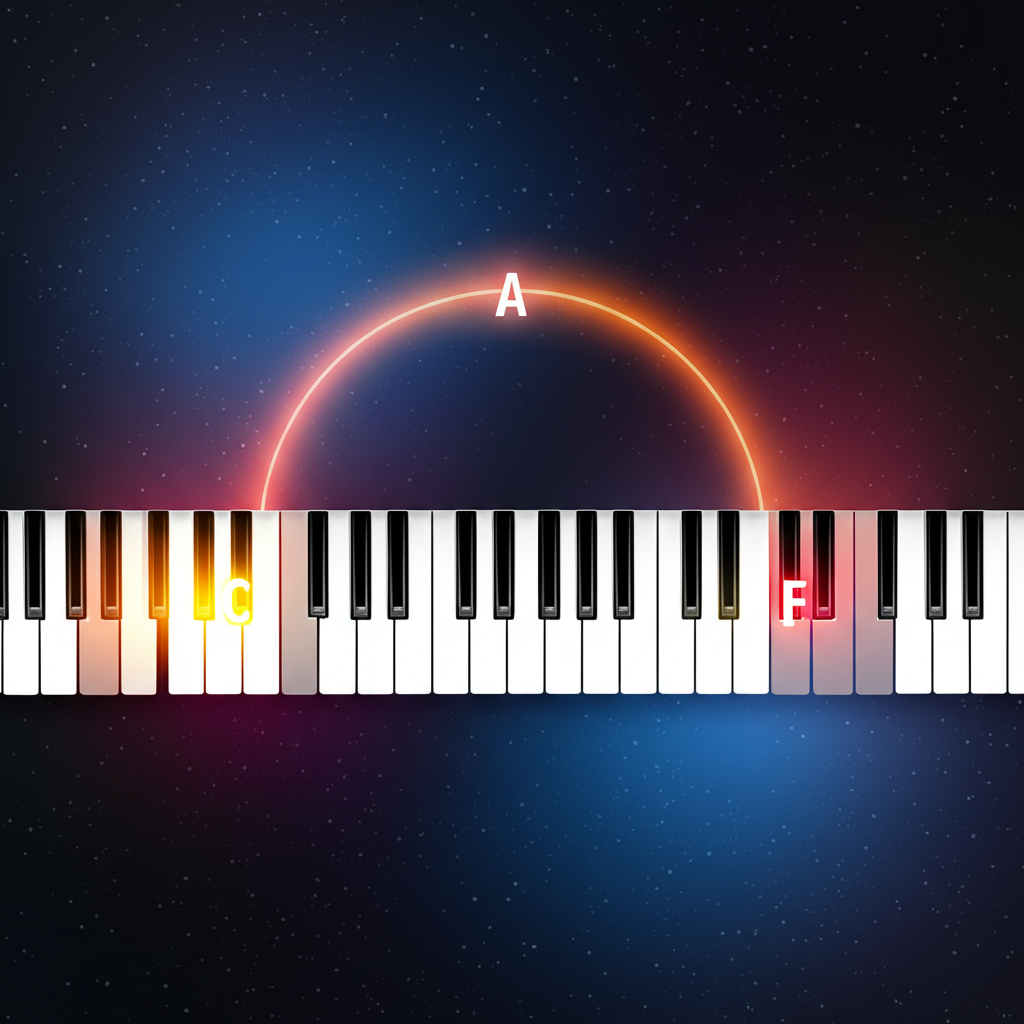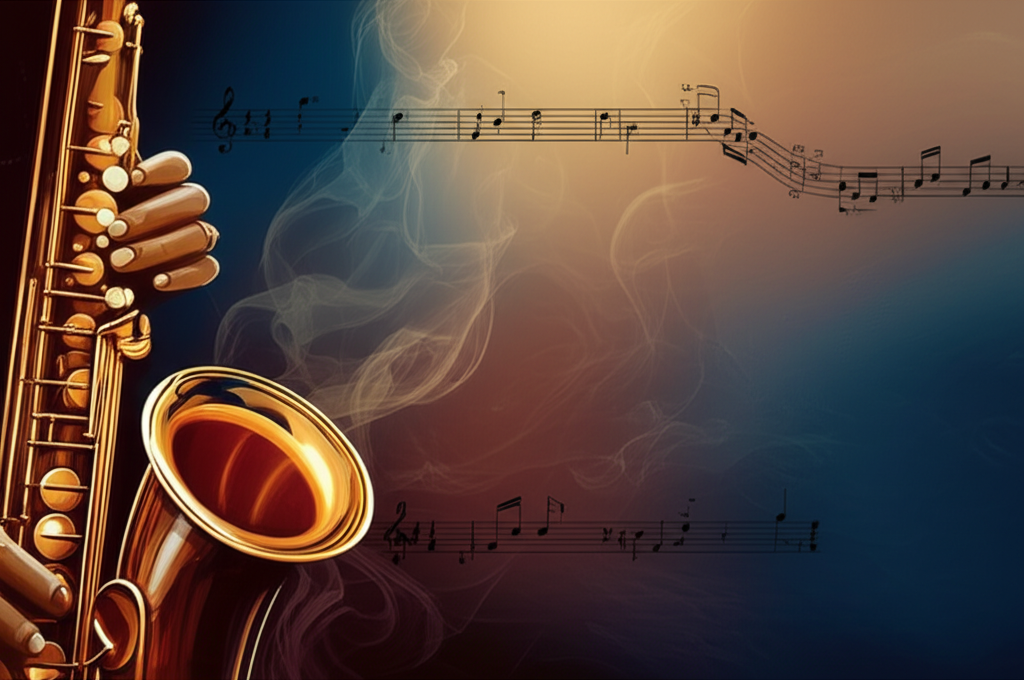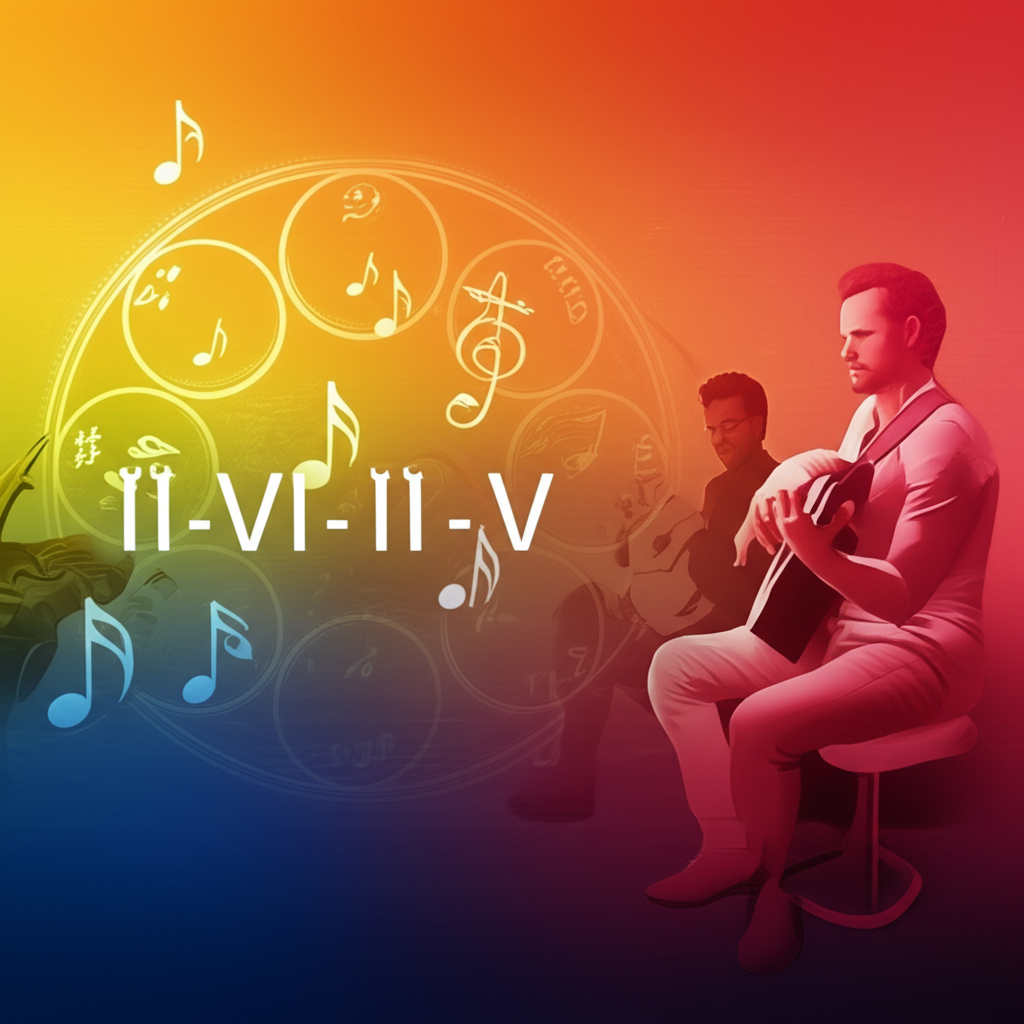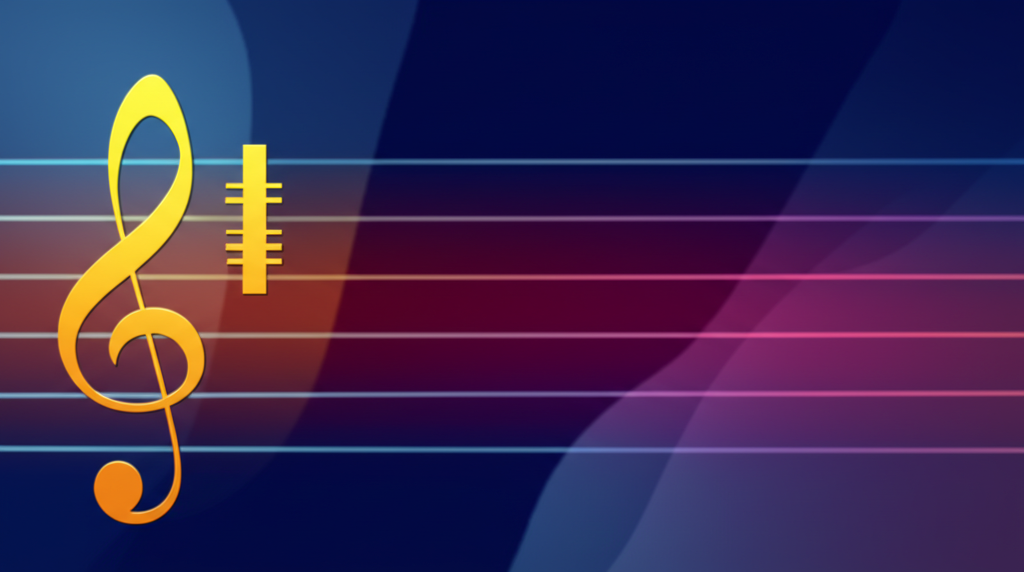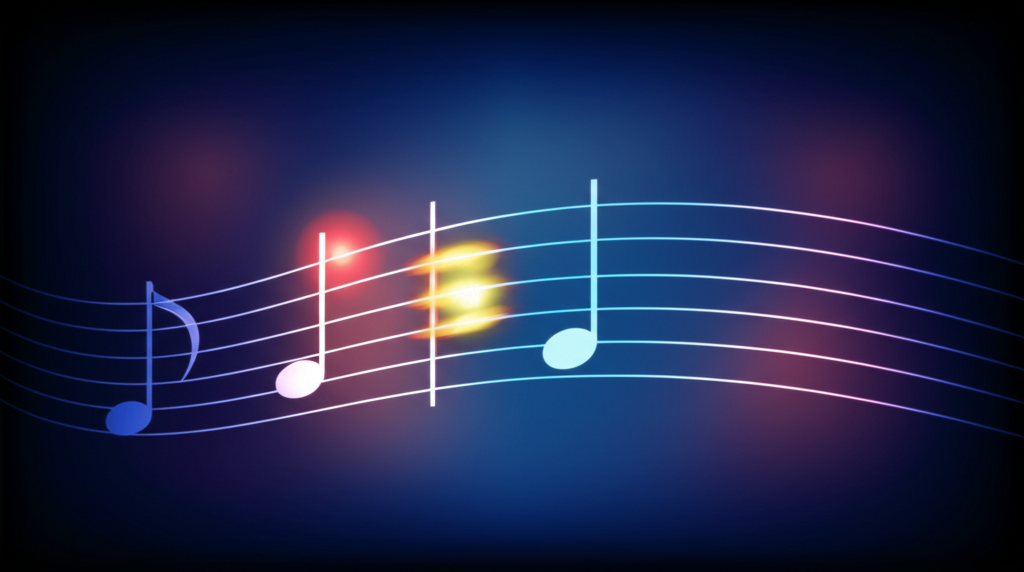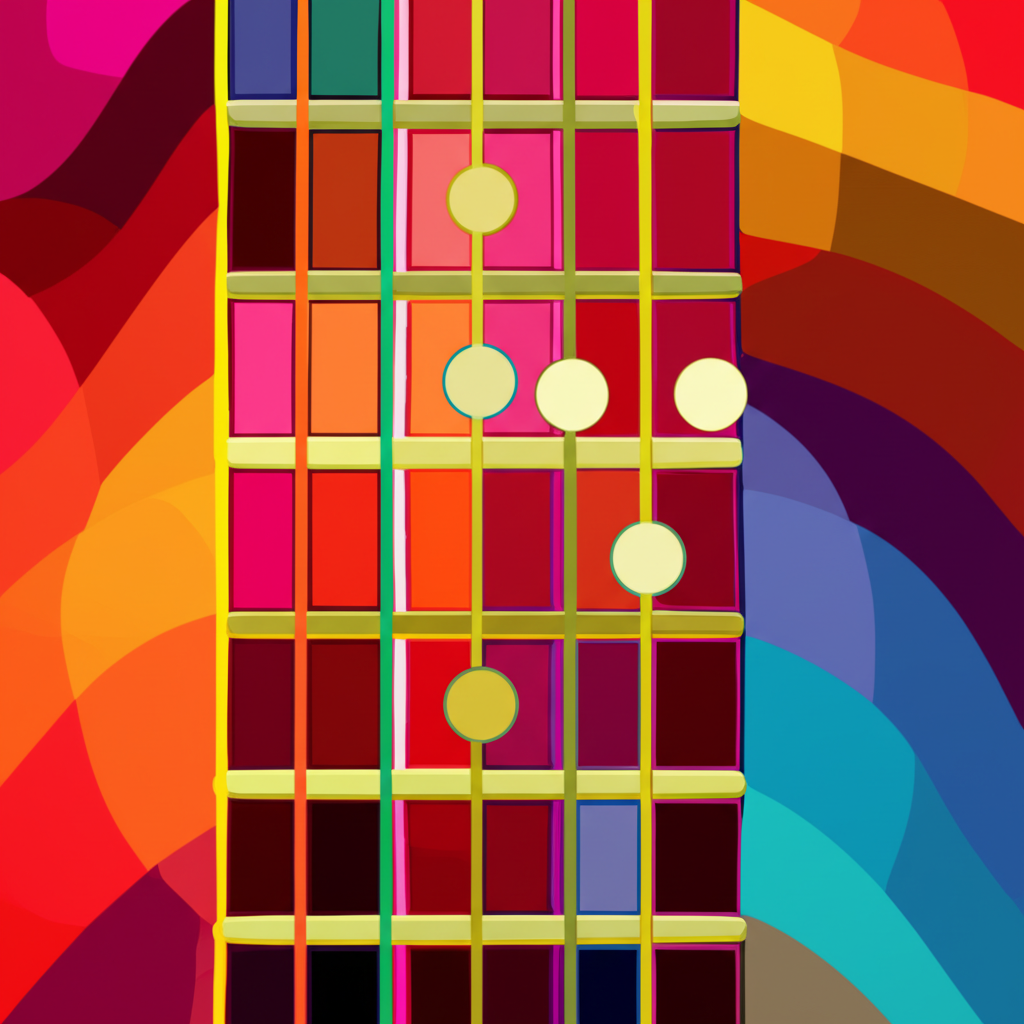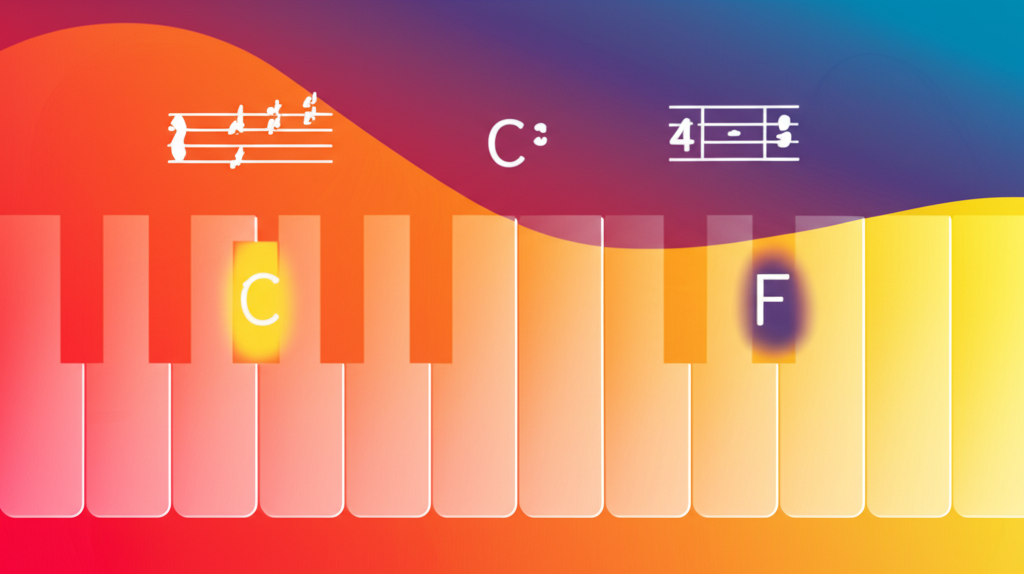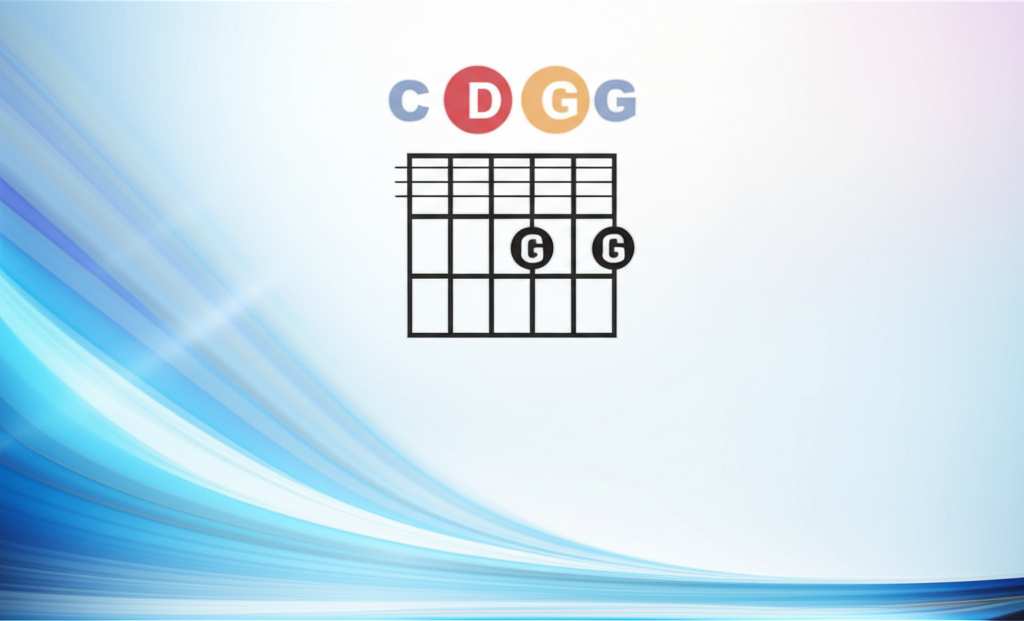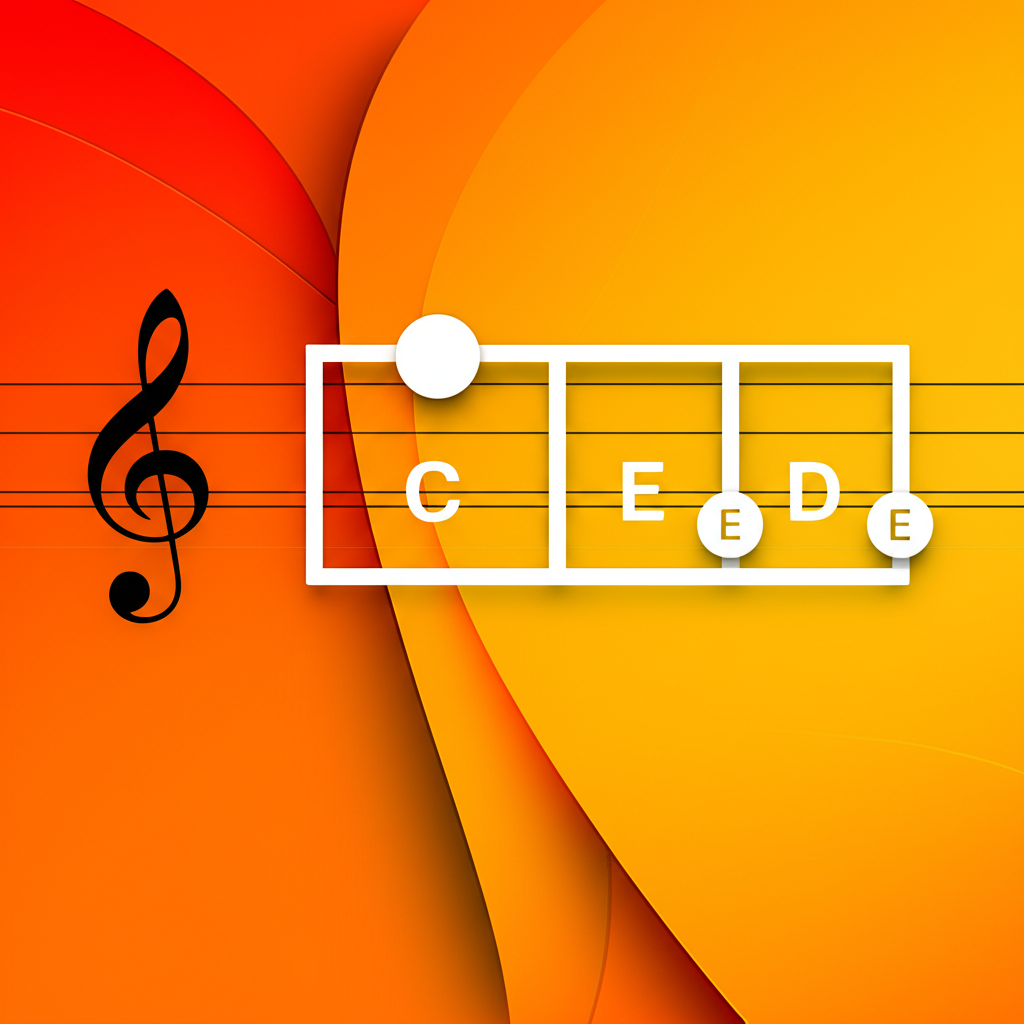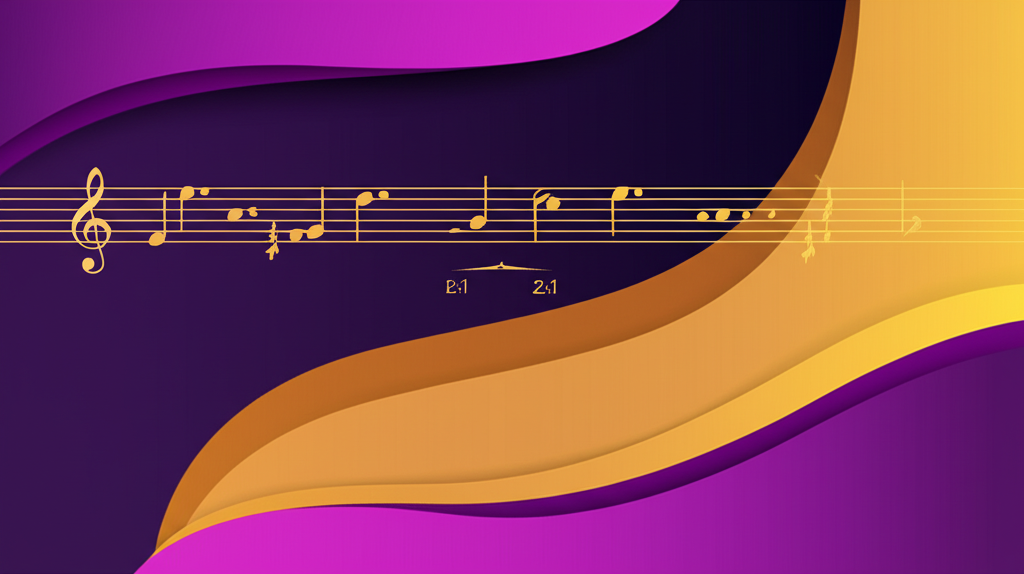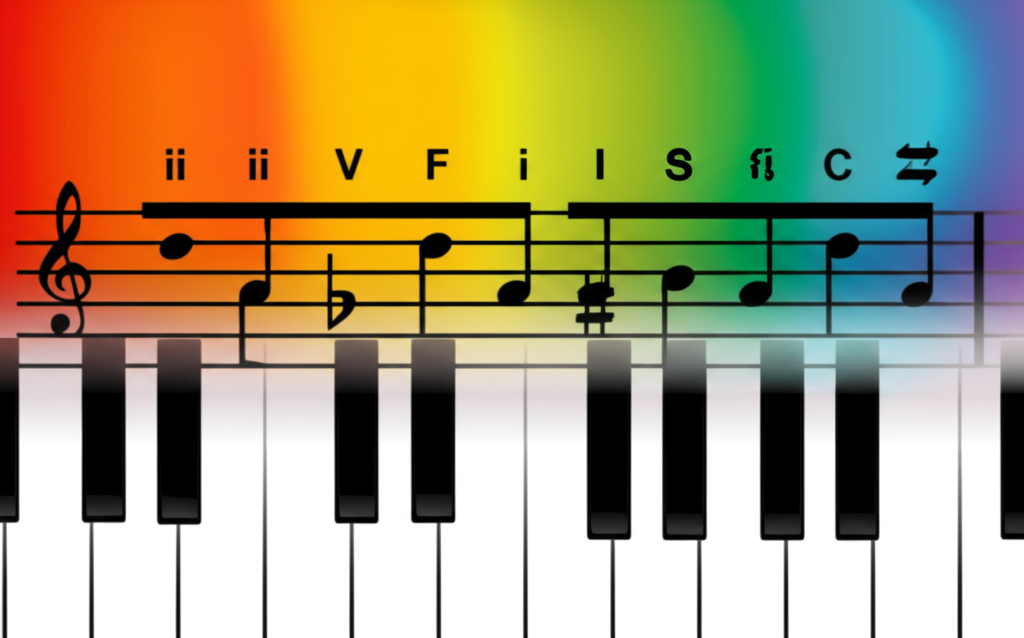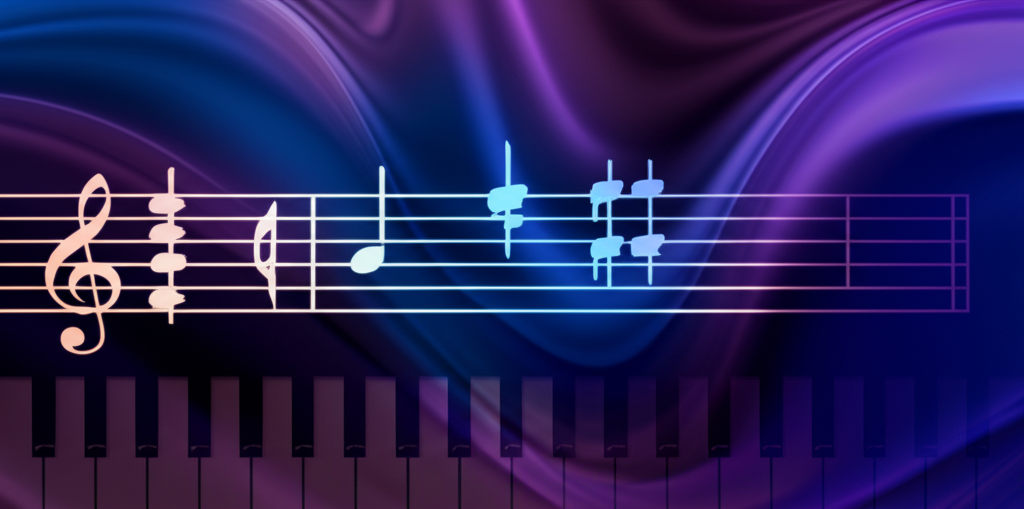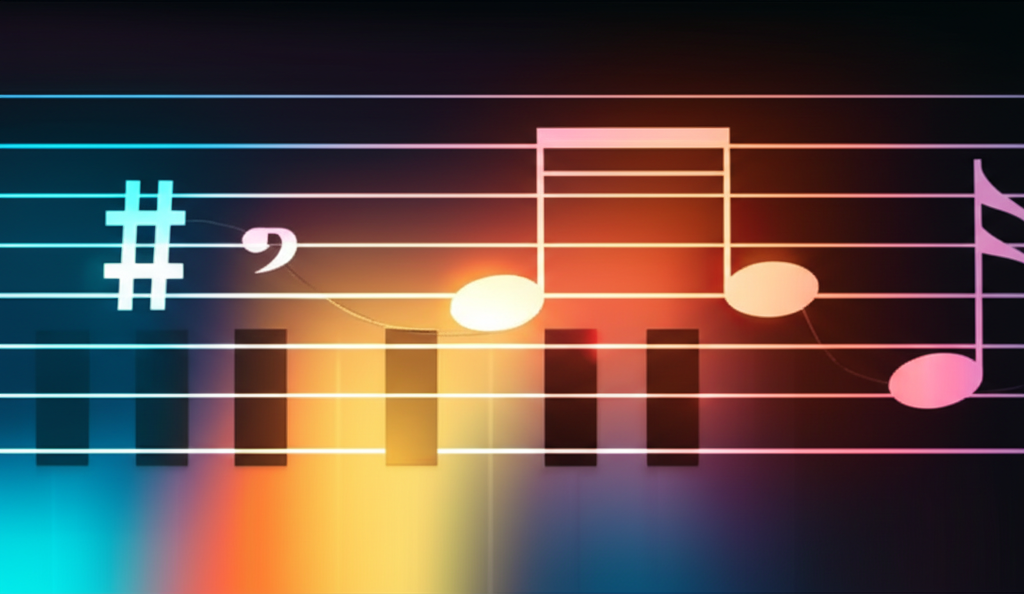
The Diminished Second: Unraveling Music Theory's Curious Unison

b4n1
June 14, 2025, 10:27 p.m.
The Diminished Second: Unraveling Music Theory's Curious Unison
Summary:
This article delves into the diminished second, one of the most peculiar intervals in music theory. We will explore why this interval, which sounds like a unison, is crucial for understanding advanced harmony, chord spelling, and voice leading. By examining its definition, practical applications, and historical context, you will gain a deeper appreciation for the logic and precision of musical notation.
Keywords:
diminished second, music theory, intervals, enharmonic, voice leading, diminished seventh chord, dissonance, music education, chromaticism
Introduction:
Have you ever wondered how two notes with different names can produce the exact same pitch? Welcome to the fascinating world of enharmonics, a concept that lies at the heart of the diminished second. On the surface, an interval is a distance between two pitches. But what happens when that distance is zero? While a C played with another C is a "perfect unison," a C-sharp played with a D-flat is something entirely different: a diminished second. It's an interval you can see on the page but can't distinguish by ear from a unison. This might seem like a useless distinction, but understanding the diminished second is a key that unlocks the logic behind complex chromatic harmony and sophisticated musical notation.
Definition and Classification:
To understand the diminished second, let's break down its name. In music theory, intervals have two parts: a number (quality) and a type (quantity).
1. The Number (Quantity): This refers to the number of letter names the interval spans. A "second" spans two adjacent letter names, like C to D, or E to F.
2. The Type (Quality): This describes the exact distance in semitones. For seconds, we typically encounter Major (2 semitones) and minor (1 semitone). A "diminished" interval is one chromatic semitone smaller than a minor interval.
So, if a minor second (like B to C) is 1 semitone, a diminished second is 0 semitones. It occurs between two notes with adjacent letter names that are enharmonically equivalent. For example, C♯ and D♭ are a diminished second. They are adjacent letters (C, D) but represent the same key on the piano.
Examples:
Example in ABC Notation:
Let's compare a familiar minor second with a diminished second. The first measure shows the interval of a minor second between C♯ and D (a distance of one semitone). The second measure shows a diminished second between C♯ and D♭. Although they are written as different notes on the staff, they are enharmonically equivalent and produce the same pitch (a distance of zero semitones).
Practical Applications:
If a diminished second sounds like a unison, why does it exist? Its importance is purely contextual and grammatical. It helps make harmonic function clear. The most common use is in the spelling of diminished seventh chords. For example, a G♯ diminished seventh chord is spelled G♯–B–D–F. The interval from G♯ to the next chord tone, B, is a minor third. However, consider its resolution. This chord often resolves to a C major or C minor chord. The F in the G♯dim7 chord will resolve down to E. But what about the G♯? It resolves up to A. The voice leading from G♯ to A is a minor second. However, in certain chromatic passages, that G♯ might lead to an A♭. This G♯ to A♭ motion is a diminished second. The spelling clarifies the harmonic intent and maintains the consistent "stacked thirds" structure of the chord, which would be broken if we spelled G♯ as A♭ (A♭–B–D–F is not a standard diminished chord).
Historical Figures:
While the concept is ancient, the practical need for the diminished second became more pronounced with the rise of chromaticism in the late Romantic era. Composers like Richard Wagner and Frédéric Chopin pushed the boundaries of tonality, using complex chords and modulations where enharmonic spellings were essential to make sense of the harmony. Later, Arnold Schoenberg and the composers of the Second Viennese School took this to another level. In their atonal and twelve-tone music, every interval's precise spelling is critical to the composition's underlying structure, such as a tone row. For them, the difference between an augmented unison (C to C♯) and a diminished second (D♭♭ to C) was not just theoretical but fundamental to their musical system.
Fun Facts:
Did you know that in some historical tuning systems, a diminished second wasn't a unison? In systems like meantone temperament, which were common during the Renaissance and Baroque periods, sharps and flats were not tuned to the same pitch. This means that C♯ and D♭ were actually two distinct (though very close) pitches! A performer playing a harpsichord tuned in meantone would produce a tiny, shimmering interval when playing a diminished second, a sound that is lost on the modern equal-tempered piano. This makes the diminished second a fascinating window into the history of tuning and temperament.
Conclusions:
The diminished second is a perfect example of how music theory is more than just a set of rules; it's a language for describing sound with precision and elegance. While it may be silent to the ear, it speaks volumes on the written page. It clarifies harmonic direction, maintains theoretical consistency, and reveals a composer's intentions. Far from being a mere theoretical curiosity, the diminished second is a testament to the depth and logic of Western musical notation. The next time you see one in a score, you'll know it's not a typo, but a sign of sophisticated harmony at work. Can you find an example of a diminished second (or a place where one could be used) in a piece you are studying?
References:
Kostka, S., & Payne, D. (2017). Tonal Harmony. McGraw-Hill Education.
Laitz, S. G. (2015). The Complete Musician: An Integrated Approach to Theory, Analysis, and Listening. Oxford University Press.
Houlahan, M., & Tacka, P. (2008). From Sound to Symbol: Fundamentals of Music. Oxford University Press.
